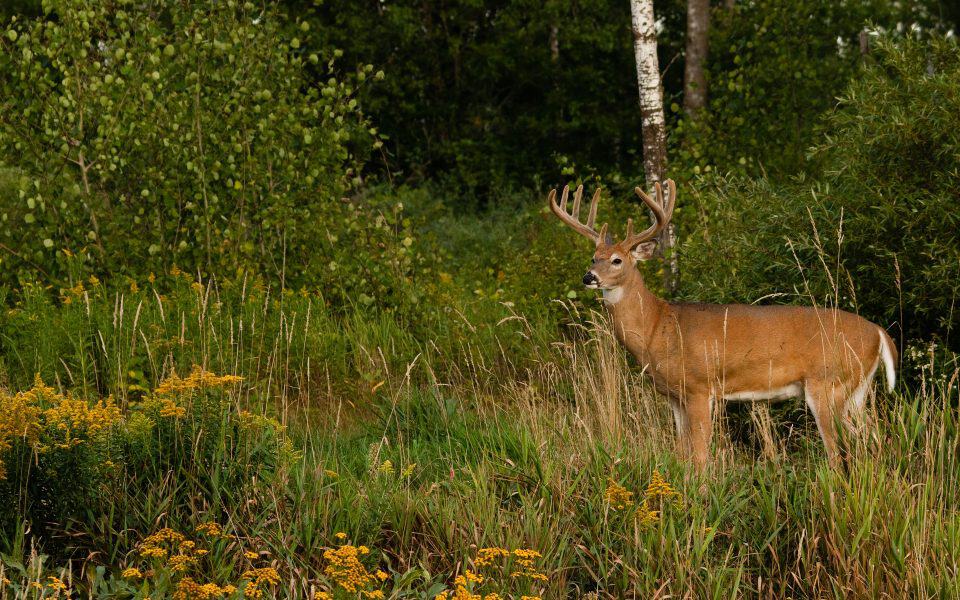When blessed with the opportunity to own property for recreation purposes, the journey to create your dream hunting oasis begins. It doesn’t matter if you’ve owned the property for decades or just closed on it, having a plan for quality improvements will expedite your impact on the landscape and the wildlife you hunt. Smaller tasks that will make an immediate impact will likely dominate your initial jobs which can put larger tasks that will make a long-term impact onto the back burner.
Unless managing your property is your full-time job, it’s likely that you have several “wants” that never get fulfilled each season. The creation of a land management plan will help you achieve your goals and make both an instant and lasting impact on your property and the quality and abundance of wildlife on your spread.
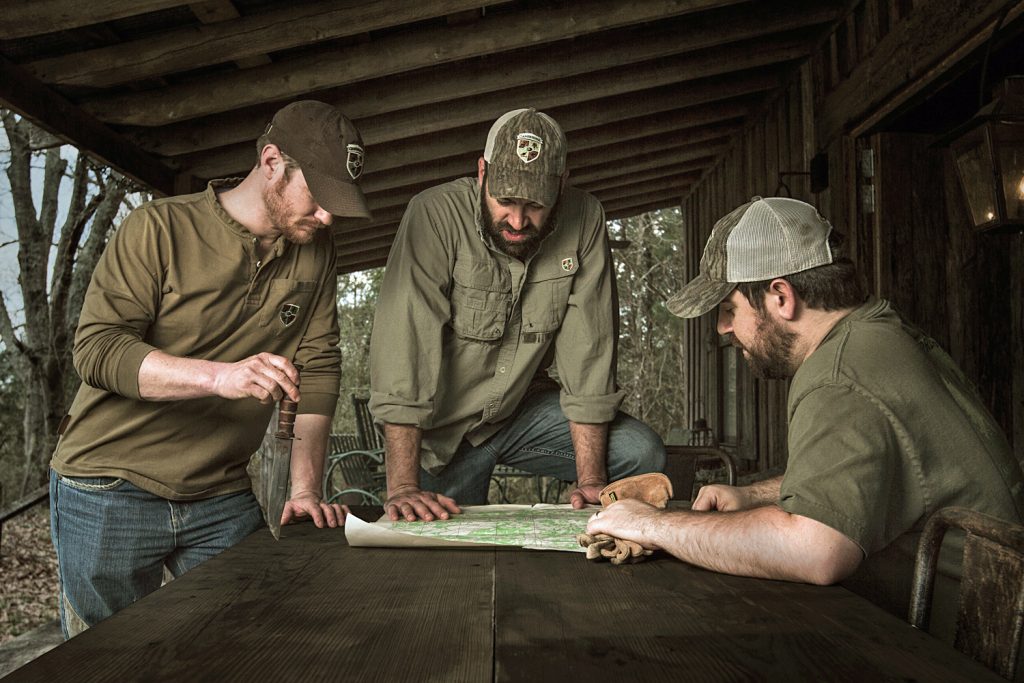
Jesse Raley
First Steps for a Property Management Plan
Getting to know the layout of your property and what it already has to offer is the best first step. A boots on the ground approach is best whenever possible so that you can closely examine what is available and discover what is lacking. Learn property boundaries and take the time to get to know neighboring landowners. Find out what they have done for land improvements and discover what has worked for them.
As you assess the current state of your property, take inventory of areas that can possibly be used for roadways, food plots, and water sources. Recognize wetlands that should be left undisturbed and areas where steep slopes will prevent modifications. Decide which species of game you want to focus the improvements on as you create your plan. Begin using trail cameras to take inventory of the animals that already call your property home. Your initial findings will be important for creating a hunting paradise. After all, if you wish to get to where you’re going, you must first know from where you’re starting. This is true whether you just bought the property or you’ve owned it for years and are just now deciding to improve it.
Put your dreams and plans in writing and then list them based upon priority from least to greatest. Be as specific as possible. This will also help you determine which projects are within your budget. Determine which goals are easily attained and those that may be long-term. Break your plans into basic categories such as instant impact goals, on-going tasks, and long-term goals.
Ideas for Instant Property Impact
After closing on a piece of property it is gratifying to finally be able to get to work creating your dream. Some plans for projects that will make instant impacts include food plot establishment, access creation, soil stabilization, and boundary marking.
Soil Stabilization
Soil stabilization on your property should be one of your top priorities. Dislodged soil from hillsides and fields contribute not only to nutrient loss in topsoil but also to lowering water quality due to contamination of streams. Any time that soil is disturbed for timbering, road creation or food plots, careful attention should be given to keep the soil out of the streams.
Never allow soil to be bare for long. Get seed into the soil to allow root systems to begin stabilizing the soil. Logging or access roads should be sown with a hardy grass to keep them stable, and adequate ditches should be installed to prevent water from destroying the roads through erosion.
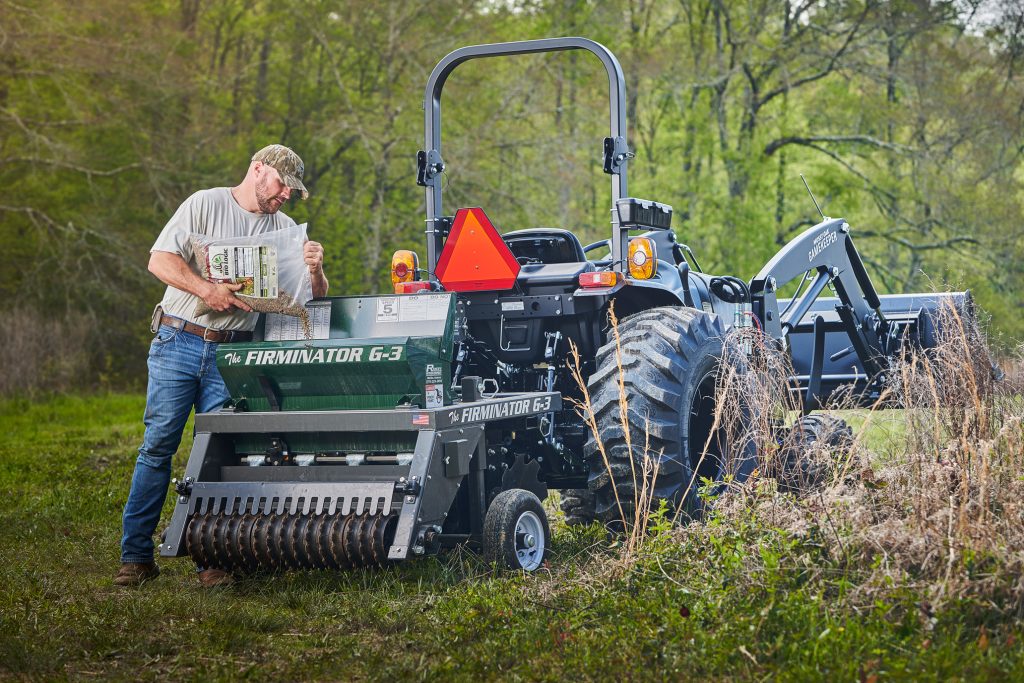
Planting Food Plots
Depending on the season in which you attain your property, planting food plots can be a quick hit for wildlife. Assess the available plot land and choose seeding options that will help diversify feeding options. If the growing season has passed for your region, then getting plot areas cleared and ready for the upcoming growing season can help you get a head start for planting when the time is right.
Property Boundary Marking
Whenever property boundaries are not clearly marked, it makes unwanted encroachment more likely. Get to know your boundaries and mark them clearly so that you, your neighbors and other hunters will know where property lines are located. Using high visibility marking ribbon is a quick and effective way to get the job done. You may also want to install No Trespassing signs.
Ongoing tasks
Plan development should include many aspects of ongoing tasks and projects. Road maintenance, soil testing, mowing, riparian zone protection and invasive species eradication should be included in your plans to keep your land working for you and the wildlife.
Road Maintenance
Road maintenance is one ongoing task that should be a priority. Having clear access to all areas of your property can make everything from general navigation to harvest recovery easier. Once roadways are established limbs and trees can become obstacles nearly every time the wind blows. Keeping a chainsaw handy on your ATV or tractor is a good practice.
Soil Tests
Soil tests should also be an ongoing task that you take seriously. Your food plots will only ever be as good as the soil that you plant them in. Testing the soil and making proper recommended adjustments will ensure that your plants will yield to their greatest potential and give you more for your money. A fast, easy, inexpensive soil test can be found at Mossy Oak BioLogic.
Mowing and Edge Enhancement
Depending on your landscape, creating a mowing schedule can be quite important for creating a diverse landscape for wildlife. Remember that not every weed needs to be mowed for the enhancement of wildlife habitat. In fact, leaving weedy edges and fields can create the exact diversity of growth that wildlife love. Create a mowing plan that will allow for some edge growth but not allow fields and edges to become unusable. A rotating schedule that leaves some areas while mowing others can save time and fuel but most importantly create optimal habitat for wildlife.
Thinning timber stands can allow more sunlight to reach the forest floor and create better browse for wildlife along timber edges. With a chainsaw and some time, you can even improve mast production for oaks whenever competing non-mast producing trees are removed from the understory.

Linda Arndt
Riparian Zone Protection
There’s no disputing the fact that protecting the waterways on your property is vitally important. Whenever large waterways are present a “riparian buffer” should be protected to ultimately protect the water. A riparian buffer is a strip of permanent vegetation alongside a lake, wetland or stream. Trees alongside the waterway should remain undisturbed and smaller shrubs and grasses planted to help soil stabilization and water filtration.
Invasive Specie Eradication and Control
Eradication and control of invasive species should also be an on-going task for your property. Invasives can wreck the grandest plans if they are allowed to grow unchecked. Multiflora rose, tree of heaven, and kudzu are just a few and each will require a focused approach to control and eradicate. Allowing invasives to remain will create unwanted trouble for the foreseeable future. If you are unable to identify invasives, your state’s extension offices will have literature and perhaps resources available for your use.
Long-term Goals
With any endeavor aimed at improving the health of your property, some projects will be long-term goals from which results may not be instantly evident. Some long-term goals to consider are timberland management, shelter construction, boundary fencing and record keeping.
Professional Land and Timber Evaluations
Some feel that getting a professional opinion about the needs for your timberland is important, if so, consider contacting professional foresters or agents from your state’s department of agriculture or department of wildlife. While some assessments may cost money, some are offered cost free and can give you a general idea of what your land needs.
Land evaluations can help you locate areas that are best for food plots and ponds. Timber stand evaluations can guide you as you make plans to diversify your woodlands or even help you determine the value of your timber.
The USDA has a branch called Natural Resources Conservation Service (NRCS) and the organization offers timber stand management assistance. Each assessment or plan is unique to the property on which the assessment is being created. The forester will help you determine best practices to get your forest lands into optimal shape for you and the wildlife.
Government funds and cost-share initiatives are sometimes available for land renovation. Taking advantage of the programs can help extend the reach of your initial budget and your impact on the land.
Shelter Construction
Securely housing your equipment and implements can add years to their viability. Farm implements that are left in the elements have a shorter life span, so having a shed or barn to store them in can save you money in repairs and replacement. If there are existing structures on your property, then you can assess their condition and renovate to meet your needs. Plans and budgeting for larger items such as a hunting cabin can also become part of your long-term plans.
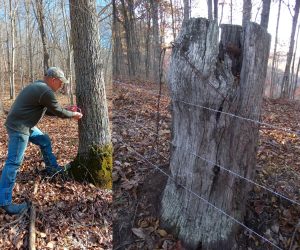
Jarrod Stephens
Boundary Fencing
Once your smaller short-term projects are underway or complete, you can begin the process of creating a more permanent property boundary fence. Placing your new fencing alongside old boundary fencing will help ensure that your mark is true. Three to four strand barbed wire fencing can be a large investment, but it is one that will last a lifetime.
Record Keeping
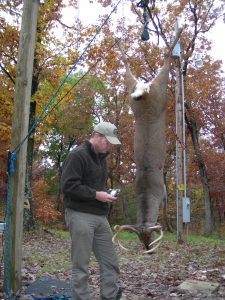
Todd Amenrud
Perhaps the greatest freedom of creating a land management plan is the fact that you can work at your own pace to reach your goals. After prioritizing your tasks, it is time to get into the fields and woods to begin building your dream. Keep records of tasks that have been completed and evaluate the effectiveness of each one. Food plot history and harvest records (body weights, antler scores, etc.) are two of the most important.
Habitat and land management does not always give instant gratification, but instead you must be patient as you work to see your goals become a reality. Without a clear plan with measurable objectives, it can be difficult to know if you are having a positive impact on the land and wildlife you pursue. Your first step of creating a land management plan will be the most important step you take as you begin creating your hunting paradise.
Join our weekly newsletter or subscribe to GameKeepers Magazine.
Your source for information, equipment, know-how, deals and discounts to help you get the most from every hard-earned moment in the field.

